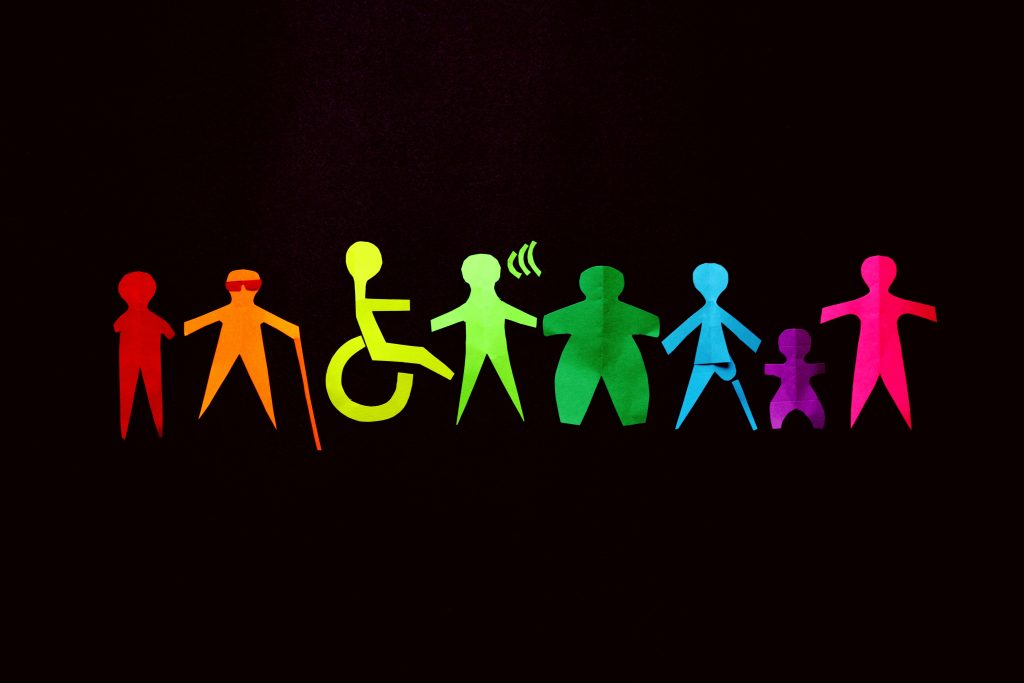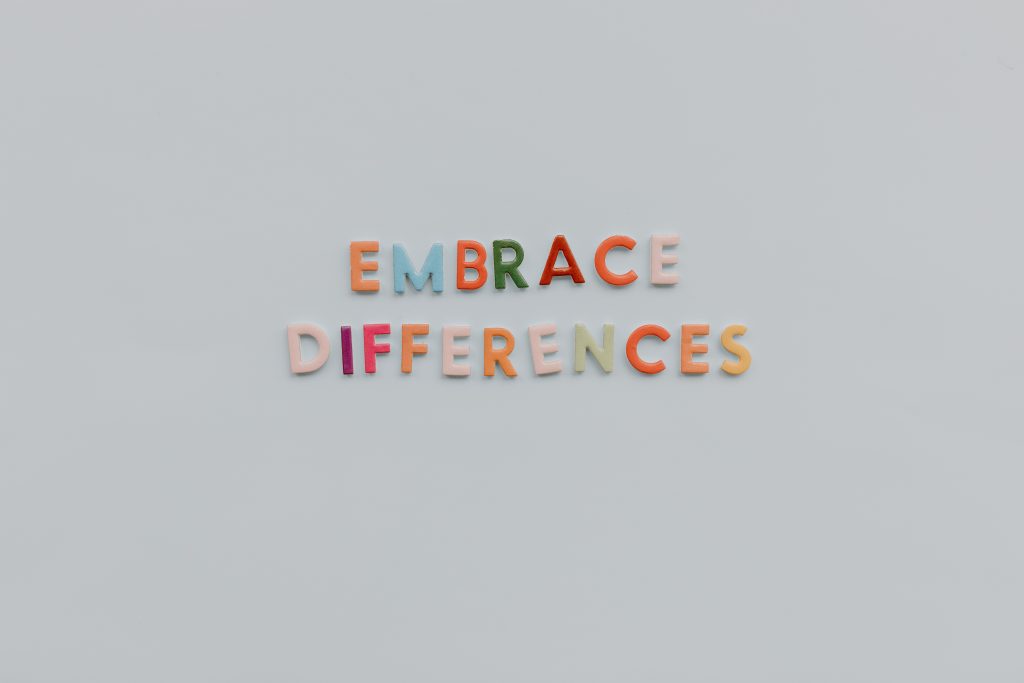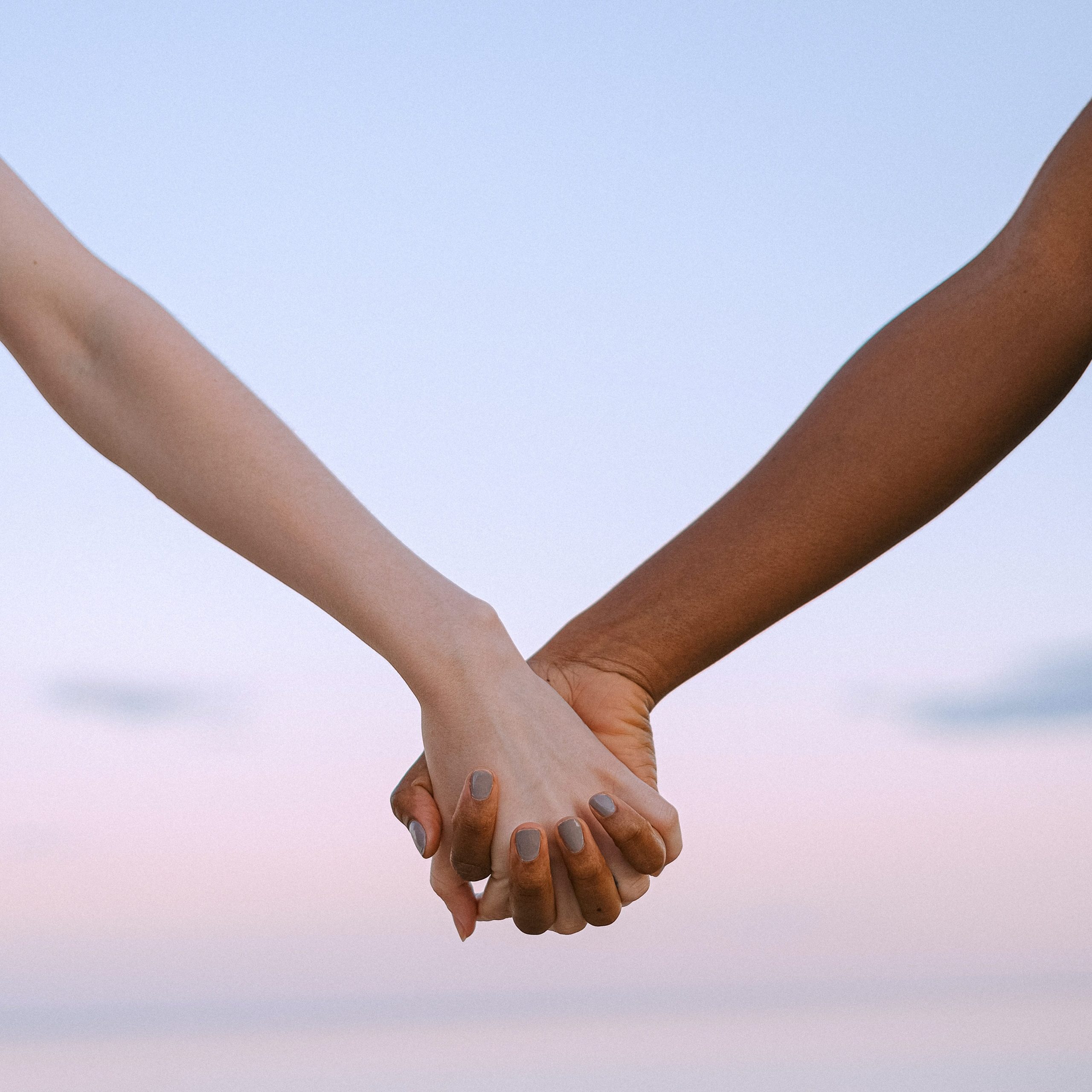We are all part of something greater than ourselves. We are part of a society that is more diverse than it has ever been before, and this should be celebrated. Social media platforms are playing an important role in our society as they give us the opportunity to share with each other and get to know more about people from different backgrounds than ours. But many groups still feel that their voices aren’t being heard on these platforms because they don’t feel represented or included in them.
Inclusivity is more important today than it has ever been.
Inclusivity is important because it’s the right thing to do. It’s not enough simply to include everyone in your industry or community, that’s just being polite. Social media platforms and any other platform for that matter, need to go out of their way to actively seek out those who are missing from the conversation and make them feel welcome.
Inclusivity means more than just putting up a sign that says “Everyone Welcome Here!” It means that companies and organizations need to actively try to make sure everyone feels included and respected by removing barriers and creating an inclusive environment where everyone can thrive together.
What does it actually mean to be inclusive?
There’s a lot of talk within social media about inclusivity and how to be more inclusive.
Inclusivity means that people from all walks of life feel like they can share their opinions without fear of discrimination or judgment. Inclusion is important, and everyone needs to practice it. But what does it really mean?
Inclusivity is not just about race or gender but about equal representation for all.
Inclusivity is about making sure that everyone feels safe and welcome in their community. It’s about making sure that no one has to deal with stereotypes or discrimination because of who they are, what they look like, how much money they make, where they live or anything else about them that isn’t related directly to the content of their character.
When we say “inclusive”, we mean including everybody: people from different backgrounds, cultures and experiences; people with disabilities; people who are LGBTQIA+; people who have different political views; people with different religions; people who have different beliefs; people who have different hobbies; people with different bodies… You get the idea!

Why should we care about inclusivity?
The real reason we should care about inclusivity on social media is that it’s the right thing to do. It’s good for business, it’s good for mental health and relationships, it makes us more productive members of society, and it helps build up resilient communities. Inclusion is the foundation of a sustainable, healthy and vibrant community.
There are also plenty of altruistic reasons why we should strive toward inclusivity on social media.
For starters, eliminating prejudice allows us all to engage in open dialogue about shared experiences without fear of reprisal or judgment. It applies to both privileged individuals and those who are excluded. An open dialogue is essential for fostering understanding between groups whose perspectives are frequently kept apart by structural prejudices like racism, sexism, or any number of other -isms.
It also increases awareness among privileged groups who may not realize they’ve been acting negatively toward certain demographics until they learn how those actions came across. And hopefully, it leads us down a path where we become more empathetic toward underrepresented communities when interacting with them in person or online.
What Makes A Social Networking Site Inclusive?
1. An inclusive platform must accommodate multiple points of view.
Inclusivity is about including people with different backgrounds, experiences and viewpoints. An inclusive platform must be able to accommodate the needs of its users: it should be accessible for all; it should provide content in a variety of languages and allow users to communicate in any language they prefer; it should also support multiple points of view.
To ensure inclusion on your platform, you will need to make sure that your community is diverse in terms of race, gender identity, nationality or political views by providing them with tools for discovery and discussion.
2. An inclusive platform is an equal opportunity platform.
Inclusive platforms are open to everyone, not just a select few. They don’t discriminate or exclude anyone based on their identity, background or beliefs. They don’t make assumptions about who you are and what you can do based on things like race, ethnicity, gender, sexual orientation and religion.
Inclusive platforms treat all people equally regardless of any differences between them. They don’t have rules that treat some people better than others because of their age, appearance or ability.
3. An inclusive platform defines and enforces community standards.
Community standards are the most fundamental aspect of an inclusive platform. They define what’s acceptable and unacceptable within a community and should be clear, transparent, and enforced consistently.
Enforcing community standards fairly is also important. An inclusive platform should not censor or be biased against any one group. The rules apply equally across all users regardless of their identity factors.
4. An inclusive platform is a social space that reflects real human diversity.
In a social media space that is inclusive, you can expect to find diversity on all levels. The most obvious examples are the people in your feed. Their gender, race, age and other characteristics will be more heterogeneous than in other spaces like TV shows or movies. But social media platforms also bring us together with people who share different viewpoints.
Inclusive platforms are places where we can connect with others who think differently from us, and not just superficially. Their ideas may challenge our own worldviews and make us reconsider the values we hold dear. And yet these people can still be our friends or colleagues. They might even become part of our community.
5. Inclusive platforms can serve everyone.
Inclusive platforms aren’t just for people with disabilities, people with mental health issues, or seniors. They’re not just for women. They’re not just for men. And they’re definitely not only for any one group of people. They are for everyone if they’re designed properly.
Social media platforms can be more inclusive than they currently are.
How do we make social media more inclusive?
We start by understanding what makes an inclusivity plan work, and why it matters. The following is a list of things that could help:
- Education (cultural competency): educating ourselves about the history and experiences of marginalized groups so that we can better understand their perspective and experiences.
- Listening (empathy): listening to what marginalized groups are saying about themselves, their struggles, and their needs.
- Willingness to learn from our mistakes when we make them and not get defensive when someone points them out.
- A clear voice: This means that there is someone who speaks on behalf of our companies or organizations on issues related to diversity and inclusion. It also means they have access to all relevant information, so their comments can accurately reflect the feelings of their organization.
- Bias training: Ensuring that biases don’t influence hiring decisions or other types of decisions. Training should include ways for people with different perspectives to express themselves without fear of reprisal. For example, if someone feels uncomfortable airing their views because they are afraid of getting fired, let them know it’s okay to speak and also encourage them to do so.

Inclusivity is an important issue, and we can play our part by being an ally for people who aren’t like us.
How can we help promote inclusivity on social media?
- Check our privilege.
- Be aware of our own biases.
- Be respectful to others.
- Be mindful of our language.
- Be careful not to make a habit of generalizing everything. In other words, don’t assume everything is the same for everyone.
- Don’t speak for people whose experiences you can’t personally relate to or even worse, try speaking over them.
It can be challenging to answer the question of how to make social media more inclusive. Different features will work better for different people, and it’s easy to get into heated arguments about what is best. We all just want to be heard and understood. The solution lies in everyone taking a small step to be accommodating, advocate for inclusion and acceptance, and work towards making an online community that is more inclusive.



